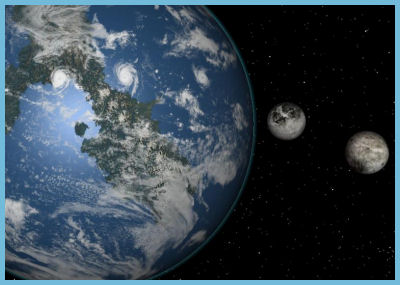CptStern
suckmonkey
- Joined
- May 5, 2004
- Messages
- 10,301
- Reaction score
- 62

The Moon's far side, although not lacking for light, remained dark in the sense of hidden or obscured until the space race between the US and USSR took aim at the Moon. The Soviets' Luna 3 probe returned the first images of the far side in 1959, and the results were a bit of a surprise. The near side is covered with large, dark, basaltic flows that are called maria; these are rare on the far side, which is dominated by the rugged lunar highlands. A number of explanations have been offered for this difference, but today's issue of Nature contains what is certainly the most dramatic one yet: it suggests that the highlands are the remains of the Earth's missing moon, plastered across the far side of the one remaining Moon.
A consensus has formed around the theory that the Moon originated from a collision early in the history of the solar system, when a near-Mars sized body smacked into the Earth. The resulting debris coalesced into two bodies. Models of this process nicely account for some of the difference between the Earth and the Moon, including Earth's large, iron rich core
neat
http://arstechnica.com/science/news/2011/08/did-the-earths-lost-moon-create-the-lunar-highlands.ars
